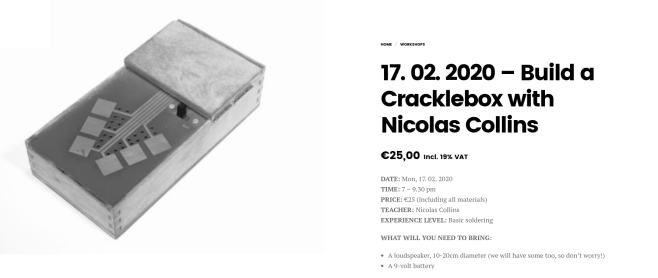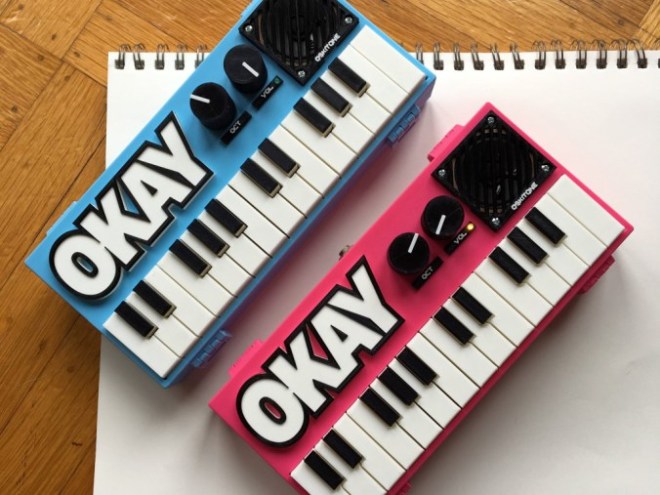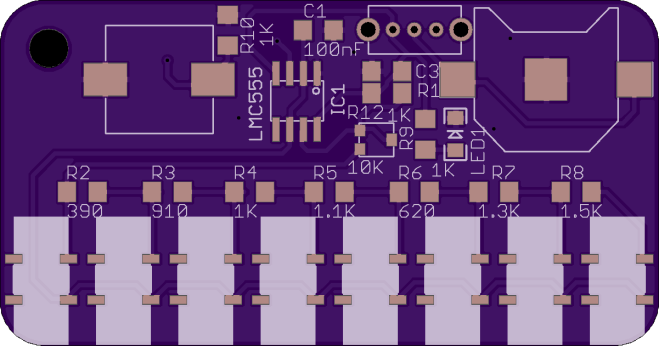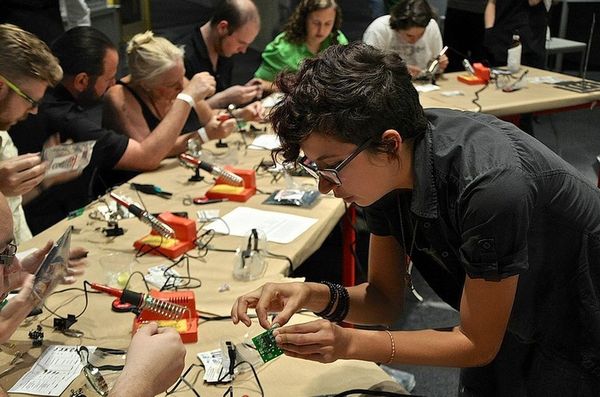Back in December, I visited Nicolas Collins at the School of the Art Institute in Chicago and got to see one of the latest creations that he is using in class. The beautiful traces wind their way into the classic LM386 audio amp for an expressive overdriven effect:
https://twitter.com/oshpark/status/1206711384223997958
Nicolas Collins is well known for having written Handmade Electronic Music: The Art of Hardware Hacking:
… provides a long-needed, practical, and engaging introduction to the craft of making – as well as creatively cannibalizing – electronic circuits for artistic purposes. With a sense of adventure and no prior knowledge, the reader can subvert the intentions designed into devices such as radios and toys to discover a new sonic world. At a time when computers dominate music production, this book offers a rare glimpse into the core technology of early live electronic music, as well as more recent developments at the hands of emerging artists. In addition to advice on hacking found electronics, the reader learns how to make contact microphones, pickups for electromagnetic fields, oscillators, distortion boxes, and unusual signal processors cheaply and quickly.









 ChirnoTech/555Piano
ChirnoTech/555Piano













